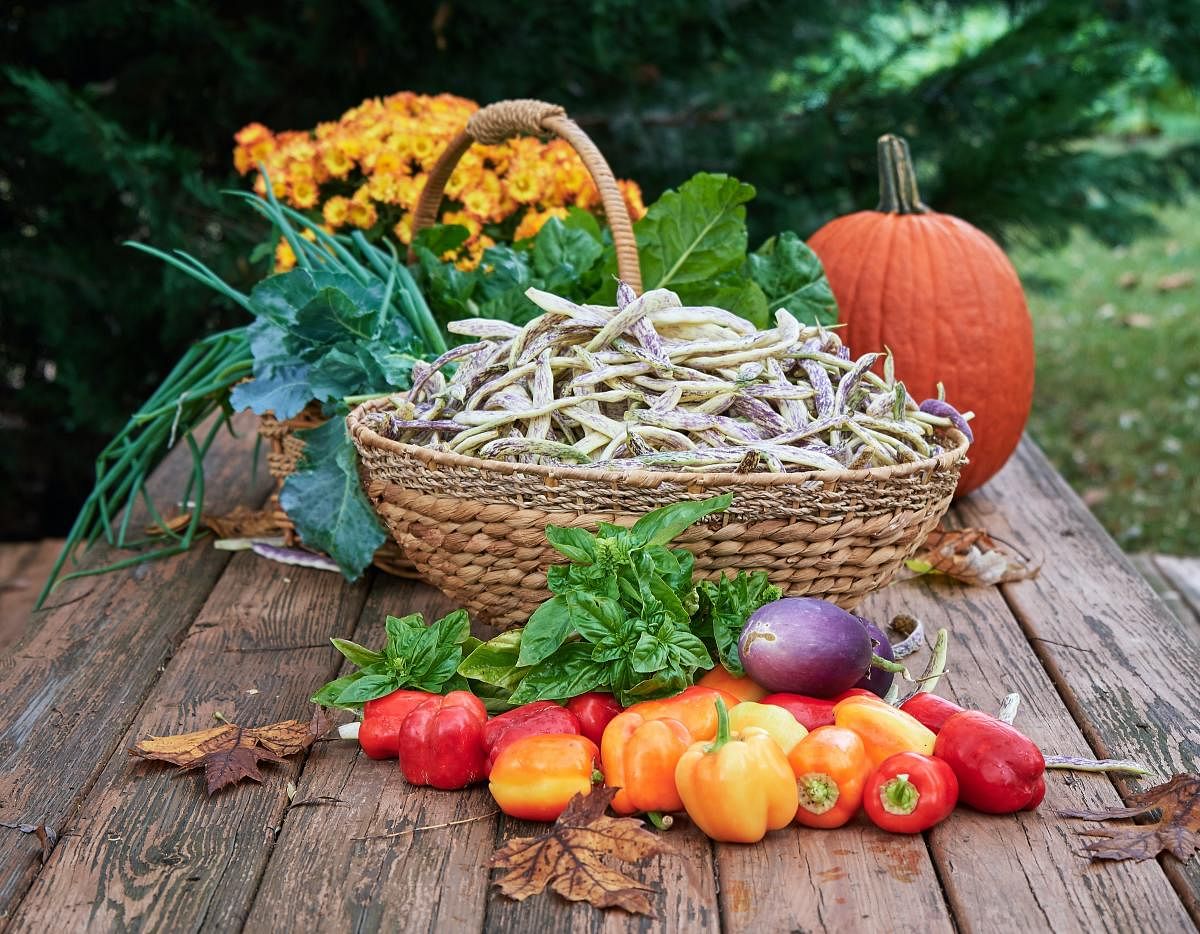
Walk into any grocery store and there will invariably be a superfood section. Leafy greens, roots, tubers, fruits, cereals, lentils, nuts, seeds, herbs, and spices are all stocked up promising super health benefits, but with a high price tag. In 2020, during the pandemic and lockdown, immunity prevention, organic and fresh became the keywords. The search for ‘superfoods’ started in our kitchens. Some magic vegetable, fruit, dish, or potion that made us strong and immune to the virus was required. The search is on...
What are superfoods?
Dr Nandita Iyer, nutrition expert and author of the book Everyday Superfoods,
says that this term has been overused and invokes an image of a magical nut, seed, or a berry that can save us from diseases, increase immunity and longevity. Healthy eating evolved over time. Our ancestors with observation and experimentation came up with recipes, groups, and combinations for optimum nutrition. Food wisdom has always resided in the kitchens all over the world and women have ruled this kingdom. “Superfoods are wise foods,” says nutrition and fitness expert Rujuta Diwekar in her book Indian Superfoods. These are the “ones that know they must bring pleasure to the palate, nourishment to the body and work as a medicine when required.”
Characteristics of superfoods
Local foods: These foods grow in your geographical location and are readily available. It does not need to travel a huge distance to reach you and hence is inexpensive.
Seasonal: Superfoods are seasonal. In the past, many vegetables and fruits were only available in the season.
Today, most are available year-round due to unnatural ways of growing/storing food. Traditional wisdom says food needs to be consumed according to the season to be beneficial. Ayurveda offers detailed prescriptions in this respect.
Organic/natural farming: When crops are cultivated by using organic methods, the yield is nutritionally rich and healthy.
Superfoods around us: Many times, we are unaware that some foods that have been in our diet are superfoods. Observing the foods included in religious ceremonies underlines their significance. Bananas, mangoes, jackfruit, ber, jamun, coconut, and guavas are all superfoods. Fenugreek leaves, colocasia leaves, amla, beetroot, garlic, onions, carrots, lemons, drumsticks, pumpkin, cabbage, turmeric, mint, coriander, fennel, black pepper, and carrom, haldi leaves, basale soppu in Kannada and Pui saag in Bengali, saiijan saag, purslane (kulfa, ghol or luni saag), imly patta (chintachiguru pachadi), mustard greens, garlic greens, gongura, moringa leaves, curry leaves, peanuts, almonds, walnuts, pistachios, dates, horsegram, buckwheat are all good.
Sattu
A mixture of roasted wheat and barley/chana flour is mostly underestimated
because it is too simple but sattu finds a mention in Ayurveda and is quite popular.
Nutritionally, it is a good source of protein, calcium, iron, manganese, magnesium, and vitamins C and A, it also has a low glycaemic index and is low in sodium. It is rich in fibre and helps to detox the body.
Ghee
Ghee has a special place in Indian cuisine. Rich in antioxidants, vitamins and
minerals, it has curative properties too.
Rice/Gajar kanji
Fermented rice gruel is a common dish all over India known as rice kanji, Pazhankanji, Pakhala, or Panta Bhat. Rich in calcium, magnesium, iron, potassium, and B12, it packs a nutritional punch. Gajar kanji, a North Indian fermented drink made by adding black carrot pieces, salt, and mustard powder to boiling water can be stored in a glass bottle and kept in the sun for 6-7 days.
It is rich in antioxidants, dietary fibre, vitamin K, vitamin C, potassium, and manganese and aids digestion.
Khichdi
This one-pot meal is beneficial while convalescing and for enhancing health. A
mixture of rice, lentils, vegetables, and spices, it is a completely balanced, satisfying, and satiating meal.
Ayurveda suggests eating it at least once a week.
Ragi
Ragi is a storehouse of calcium, potassium, and iron, and is high in protein and minerals as compared to other cereals and millets. Traditionally, ragi is the first solid meal for infants in South India. It is gluten-free, easy to digest, good for weight loss, diabetes, and lowers cholesterol.
India produces many varieties of fruits, cereals, lentils, and millets.
Include these superfoods in your diet to enjoy optimum health and happiness.